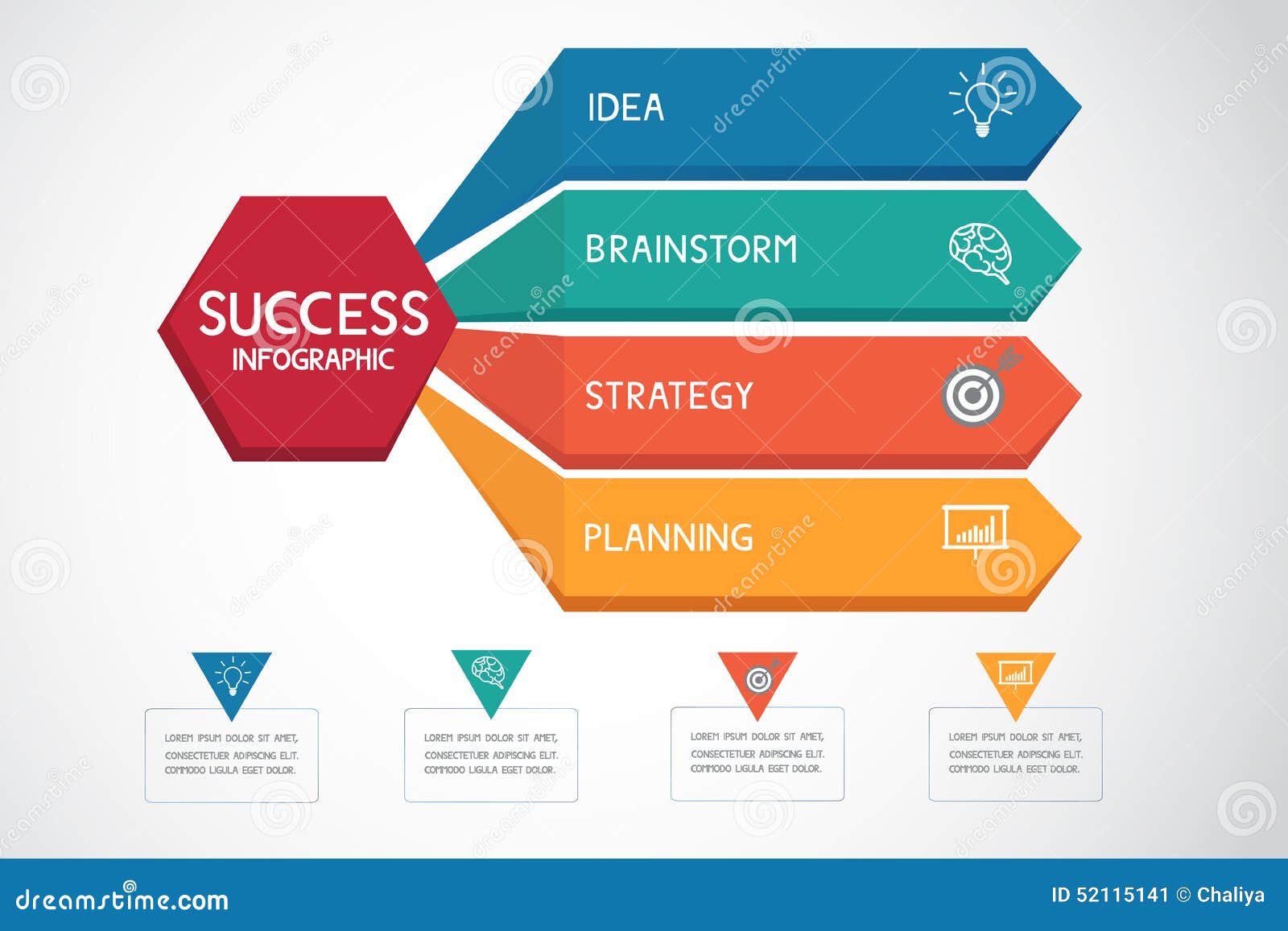The Development Of Web Site Style: From Past To Existing
The Development Of Web Site Style: From Past To Existing
Blog Article
Web Content Writer-Abel Cantu
In the past, web sites were basic and focused on info. Navigation was direct, and layout was for desktops. Now, customer experience is crucial. Information guides designs for simple navigating. Receptive layouts suit different tools. Today, dark setting minimizes pressure, and minimal menus boost navigating. Interactive functions involve individuals, and strong visuals stick out. just click the following article increases engagement. See how style has actually evolved to improve your on the internet journey.
Early Days of Web Design
In the very early days of web design, simpleness reigned supreme. Websites were basic, with limited colors, font styles, and formats. The focus got on giving information instead of flashy visuals. Customers accessed the net with slow-moving dial-up links, so rate and capability were vital.
Navigation food selections were straightforward, generally situated at the top or side of the web page. Web sites were made for computer, as mobile surfing wasn't yet widespread. Material was king, and developers prioritized simple readability over intricate design elements.
HTML was the primary coding language utilized, and developers needed to function within its restraints. Animations and interactive features were marginal contrasted to today's criteria. siteimprove ada compliance were static, with little vibrant content or customized customer experiences.
Increase of User-Focused Design
With the evolution of site design, a shift towards user-focused layout concepts has actually come to be progressively popular. Today, creating internet sites that prioritize customer experience is essential for involving site visitors and accomplishing organization goals. User-focused layout involves understanding the needs, choices, and actions of your target market to customize the website's layout, content, and features accordingly.
Designers now conduct extensive research, such as user surveys and use screening, to collect understandings and feedback directly from users. This data-driven method assists in creating user-friendly navigating, clear calls-to-action, and visually attractive user interfaces that resonate with visitors. By positioning the customer at the center of the design process, websites can supply a more tailored and pleasurable experience.
Receptive style has actually also emerged as an essential facet of user-focused design, guaranteeing that web sites are enhanced for different gadgets and screen dimensions. This adaptability boosts accessibility and functionality, catering to the varied ways individuals connect with internet sites today. In essence, the increase of user-focused style represents a change towards producing digital experiences that prioritize the needs and assumptions of completion user.
Modern Trends in Website Design
Explore the most up to date trends shaping web design today. One noticeable fad is dark mode design, supplying a smooth and contemporary appearance while minimizing eye pressure in low-light settings. An additional crucial fad is minimal navigating, streamlining menus and boosting customer experience by concentrating on essential elements. Integrating micro-interactions, such as animated buttons or scrolling effects, can develop a more interesting and interactive internet site. Responsive design continues to be important, guaranteeing seamless individual experiences throughout numerous tools. In addition, utilizing vibrant typography and unbalanced layouts can include aesthetic passion and draw attention to certain material.
Integrating AI technology, like chatbots for customer assistance or individualized suggestions, improves individual interaction and simplifies procedures. Availability has also come to be a significant trend, with designers prioritizing comprehensive design methods to accommodate diverse individual demands. Embracing sustainability by optimizing site performance for speed and performance is an additional emerging trend in web design. Working together with customer responses and data analytics to iterate and enhance design continuously is necessary for staying relevant in the ever-evolving electronic landscape. By accepting these contemporary patterns, you can develop an aesthetically attractive, straightforward web site that resonates with your audience.
Verdict
As you review the evolution of site design from the early days to currently, you can see just how user-focused layout has actually ended up being the driving force behind modern-day trends.
Welcome the trip of modification and adjustment in website design, constantly keeping the customer experience at the center.
Stay current with the latest fads and innovations, and never ever quit developing your technique to develop aesthetically spectacular and user-friendly internet sites.
Progress, adapt, and create - the future of website design is in your hands.
